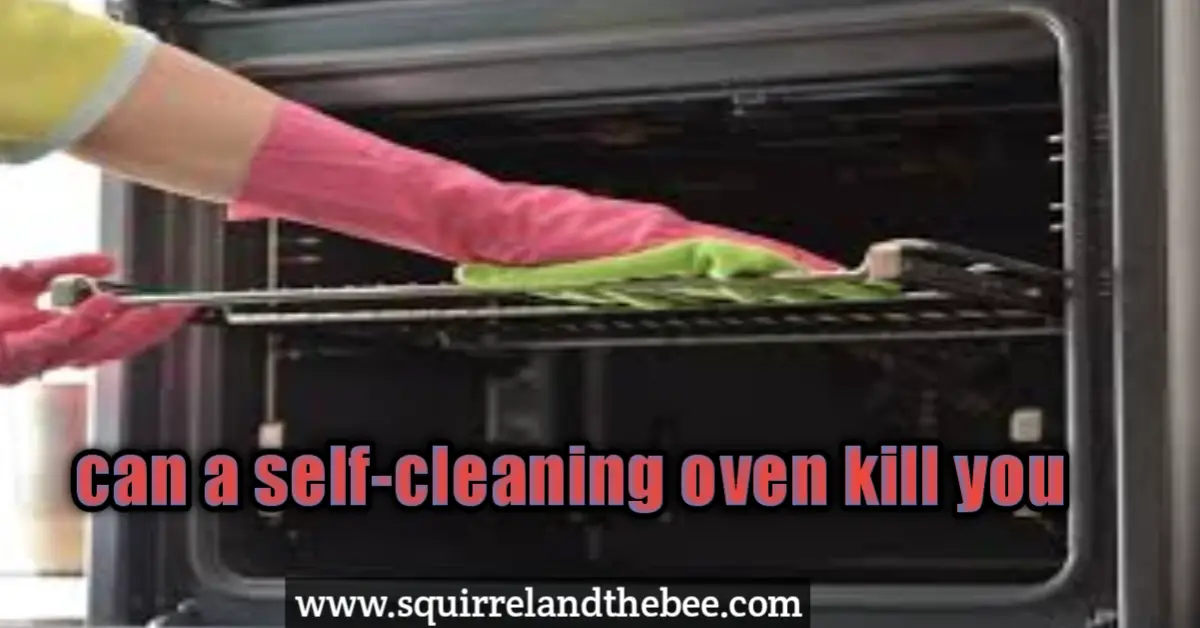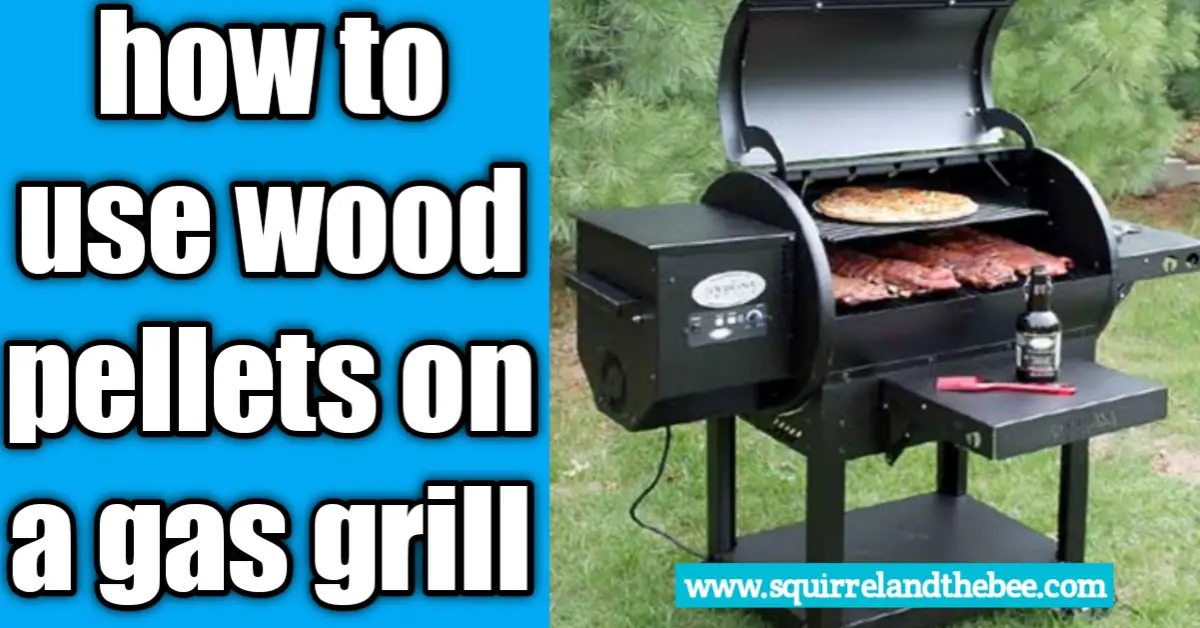can a self-cleaning oven kill you?
There are numerous maintenance requirements that a homeowner must attend to when owning a home. Sometimes a homeowner will choose the quickest route to do the required maintenance because of time constraints. Most people don’t like to scrape and clean every appliance in their house. The same applies to a mess in the oven as well. The best option is usually to use your oven’s self-cleaning function. It might not be the best, though. The self-cleaning function of the oven emits carbon monoxide, which is lethal to both people and animals.
Let’s look at what all of this entails in more detail below.
What is a self-cleaning oven?
Ovens having a self-cleaning feature are referred to as self-cleaning ovens. This extra feature is intended to assist in cleaning and removing cooked food that has burned into the oven’s bottom or sides. Self-cleaning appliances consume more energy and raise the temperature to 1,000 degrees Fahrenheit so that spilled food and grease can be melted away. If you use this feature, your home must have adequate ventilation. The self-cleaning oven produces carbon monoxide gas as a byproduct.
How does it work?
Unbelievable as it may seem, the majority of homeowners choose self-cleaning ovens. The concept is that self-cleaning will transform grease and food spills into ashes, making cleanup incredibly simple. Let’s look at what’s involved below.
- Turn on the oven – The first step is to turn on the oven and select the self-cleaning mode.
- The cycle is set, and the oven starts heating up to extremely high temperatures.
- The food cooks – The food and grease still in the oven are zapped to tiny ash particles as the temperatures rise.
- While it cleans – Toxic gas will be released from the oven while the self-cleaning feature is in use. The gases can escape even though the oven is tightly sealed with insulation.
- Stay outside your home and open your doors and windows to let fresh air into the kitchen, or leave.
Why are they so dangerous to use?
There are several reasons why you shouldn’t utilize an oven’s self-cleaning function, just like with anything dangerous. Let’s look at some of these potential causes in more detail below.
- When food is cooked to the point of reduction to ash, carbon monoxide gas is produced by the meal’s burning. If the area isn’t properly ventilated while the self-cleaning cycle is running, you could experience the consequences of carbon monoxide poisoning.
- The Teflon coating inside your oven is safe while you bake or broil food, but it can get extremely hot during the self-cleaning cycle, reaching temperatures of over 600 degrees Fahrenheit, and increasing the risk of respiratory or asthma problems. Afterward, poisonous vapors will be released into the air by the Teflon. Flu-like symptoms are frequently brought on by the fumes. Possible symptoms include wheezing, sweating, chills, and breathing difficulties.
- Pet danger – While you can take your dogs and cats outside to get away from the fumes, some animals, like birds, cannot. A special respiratory system in birds allows them to produce large amounts of oxygen for flying. The respiratory system can carry harmful gases throughout the bird’s body and cause death if the air is polluted with them.
Other recommended maintenance:
Take some time to read up on oven cleansers now that you are aware of how a self-cleaning oven could be fatal to you or your pets. Some oven cleaners have the potential to poison you and harm your kitchen surfaces. Make sure to do your research on the numerous oven cleaning options to find out which ones are risk- and toxicity-free. The self-cleaning feature of your oven might also generate fumes and gases. It’s also likely that the oven’s broken insulation will let out the smoke. Your home should be properly aired and have operating ceiling fans. Remember that if your oven is smoking, it is usually due to food that has burned.
Last but not least, it could be a good idea to read the manufacturer’s instructions on what you can and cannot throw down a garbage disposal while you are reading about how to maintain your self-cleaning oven. By being aware of this information, you can avoid having a leaky washbasin or a potential clog in your plumbing.
When do I Call a professional?
It could be a good idea to forgo utilizing your oven’s self-cleaning function entirely if you are unsure of what to do with it. Call your local oven repairman as well; they can offer some suggestions for alternatives to the self-cleaning option.
Conclusions:
There are other ways to make your oven look brand new besides the self-cleaning feature, which is a fantastic alternative for cleaning your oven. You should read the manufacturer’s instructions and suggestions before using any appliance features in your house. In Tampa and Central Florida, get in touch with Waypoint Check to have a ventilation and appliance check performed as part of a full home inspection.
Is it safe to stay home when the oven is doing its cleaning?
Is it okay to clean your oven by yourself at home? The self-clean option can be used whether or not you and your family—yes, even babies—are present at home, despite what you may have heard and the burning plastic smell’s potential to frighten you.
Are the gases from self-cleaning ovens harmful?
When exposed to high temperatures, the Teflon coating inside your oven can deteriorate, and breathing in the fumes can cause breathing problems, coughing, sweating, chills, and flu-like symptoms. Smoke and pollutants pose a threat to animals, particularly birds.
How can self-cleaning oven odors be eliminated?
Water and Boil
The lingering fragrance of oven cleanser is surprisingly well-resisted by water. Put a sizable pot of water on the bottom rack of your 400°F oven and preheat it. The overwhelming smell will quickly go away if you let the water boil for at least an hour.
How soon can I use my oven after self-cleaning?
Automatic Ovens
We advise you to wait until the vapors dissipate, if at all feasible. Once it has cooled, the oven can be utilized. After using Easy-Off, a self-cleaning oven needs 30 to 60 minutes to cool down.
How long does it take an oven to clean itself?
What Is the Time Frame for a Self-Cleaning Oven? You may normally choose between two and six hours to perform the cycle in the majority of ovens. Depending on how unclean the oven is, choose a longer or shorter time. Cleaning up after a self-clean cycle will be simpler if spills are manually cleaned as they happen in the oven.
What negative implications can a self-cleaning oven have?
Self-cleaning ovens can release toxic fumes into the atmosphere that smell like burned rubber. Self-cleaning ovens burn food scraps and the enamel interior at high temperatures, creating fumes. These vapors move through the indoor air and may have an impact on home inhabitants.
Is it okay to use the self-cleaning oven at night?
In a word, yes! When the oven is self-cleaning, the house is safe to be in, notwithstanding the possibility of some unpleasant smells from the dirt being essentially smoked out. The only exceptions would be if your oven experienced a serious problem or if there was no ventilation at all.
Are babies able to use self-cleaning ovens?
Did you know that Teflon is used to line self-cleaning ovens? Well, the off-gassing is extremely dangerous to people when exposed to 600 degrees Fahrenheit or greater during oven cleaning, especially for infants, young children, and pregnant women.
What is the best self-cleaning oven?
Pyrolytic cleaning is by far the simplest and most efficient method of oven cleaning. Catalytic cleaning is much gentler on food residue than pyrolytic cleaning. The oven is heated to extremely high temperatures of more than 400oC when you conduct a pyrolytic cleaning program.
When the self-cleaning oven is finished, what do you do?
All you have to do is wipe the oven from top to bottom with a moist microfiber cloth after the self-cleaning cycle is through, making sure to thoroughly rinse all surfaces to get rid of any ashy residue. All that’s left to do is swap out the oven racks and the drawer below, and your oven is ready to use!
How should my oven be cleaned if it doesn’t self-clean?
Use an abrasive scouring pad for tough stains; for the glass of the oven door, use specialized scratch-free glass scouring pads. Before cooking, thoroughly clean the oven with a damp, soapy sponge.
What substances do self-cleaning ovens contain?
Methylene chloride is quite good at removing thick layers of filth from oven cleaning. Even so, always make sure you’re wearing protective equipment and employing adequate ventilation while handling anything containing this chemical because it’s so simple and hazardous to inhale.
Is it safe to consume after cleaning the oven?
Takeaways. Once you’ve cleaned your oven with eco-friendly products, you may start cooking straight away. After cleaning it with industrial products, your oven needs to be heated for 15–30 minutes. Never use a professional cleaner to clean a self-cleaning oven.




